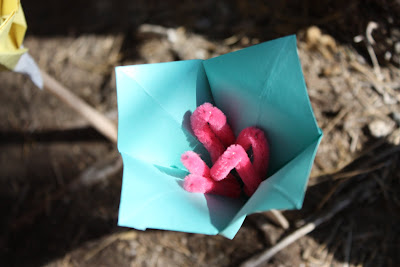
Monday, November 29, 2010
Design is Dangerous


Sunday, November 28, 2010
Utopian Design

how color transforms a single design


Monday, November 15, 2010
Ergonomics
I have chosen to analyze a riding helmet from a point of ergonomic criticism. My riding helmet has saved my life—or at least prevented serious head trauma—on several occasions. Specifically I am analyzing a GPA brand helmet that I currently wear when riding.

The most essential level of ergonomics research is safety. If a product is unsafe, it can’t be sold or produced, no matter how beautiful, comfortable, or useful it is. A riding helmet’s primary function is safety. In the event of a fall, it protects the wearers head. It also prevents head injuries from low branches while riding on a trail. The durable construction made from packed foam and titanium allow for optimal safety. The protective materials are cushioned by foam and velvet, so as not to cut or irritate the riders head while wearing. Another notable safety feature is the adjustable chin strap, which custom fits to the riders head to be as effective as possible at keeping the rider safe. I can personally testify that this riding helmet has kept me safe several times. Therefore, it accomplishes its goal of safety.
Although durable, the helmet is also lightweight, which allows it to be comfortably worn even over the course of a long ride. The thick inner padding also allows for maximum comfort while also preventing the helmet from uncomfortably shifting around the wearers head. One especially uncomfortable feature about riding helmets is that they can tend to make the wearers head unpleasantly hot and sweaty. One comfort related feature I appreciate about this particular helmet is the cooling vents at the top and sides, so that air can flow through as one rides.
Generally speaking, a helmet is a fairly easy, self-explanatory object to use. The one aspect that can cause difficulty of use is adjusting the straps to fit ones head perfectly. Helmets I’ve worn in the past have had several different straps that often got tangled around each other and could easily become too tight or too loose. This helmet resolves those issues by combining the multiple straps in to one easily adjusted strap.
This helmet performs well by achieving its primary purpose—to prevent the wearers head from getting injured. I’ve had this helmet for several years and it continually works. Longevity is an important characteristic of a product. As mentioned in Objectified, objects should be designed to last, not to be disposed of. Despite accompanying me through many falls and close encounters with tree branches, I still trust this helmet to keep me safe.
The final level of ergonomic research is aesthetics. As helmets are a key part of the english rider’s show uniform, they are designed to look nice. Typically, all show helmets are made from velvet. This one features soft black velvet that despite being several years old has not faded or worn significantly. However, there are a few patches where it has been dropped that have caused the velvet to wear. In interest of improving the aesthetics of this object, one may want to design a way for the velvet exterior to be more durable and less likely to wear or show dirt. Another significant aesthetic feature is the titanium strip down the center. Not only does it offer the helmet a modern. streamlined look, but also serves to offer added protection and serve as a location for the aforementioned cooling vents.
Overall, this helmet is a well-designed object from an ergonomic perspective.
word count: 622
Democratic Design

Sunday, November 7, 2010
Visual Culture of our Times


Friday, November 5, 2010
Words as Images



Images and words in graphic novel


Monday, November 1, 2010
Music and Visual Communication


I Scream For Mass Production!

Objectified: Form and Content

Monday, October 18, 2010
Logo Redesign: Compare and Contrast

Design Unexpected


Sunday, October 17, 2010
Design as a Conversation

Monday, October 11, 2010
Design Environment Affects Design

Saturday, October 9, 2010
Inspiration From Without


Thursday, October 7, 2010
Stone Soup


























 Last Tuesday in design 1, we made a project inspired by the classic children's story, Stone Soup. In the story, all of the villagers bring different ingredients to make a soup out of whatever they happen to have and ended up with a delicious feast that everyone got to enjoy. Everyone in our group of eight design students brought something to create with. We didn't plan what to make or what to bring, so our design was very spontaneous, which was exciting.
Last Tuesday in design 1, we made a project inspired by the classic children's story, Stone Soup. In the story, all of the villagers bring different ingredients to make a soup out of whatever they happen to have and ended up with a delicious feast that everyone got to enjoy. Everyone in our group of eight design students brought something to create with. We didn't plan what to make or what to bring, so our design was very spontaneous, which was exciting.

